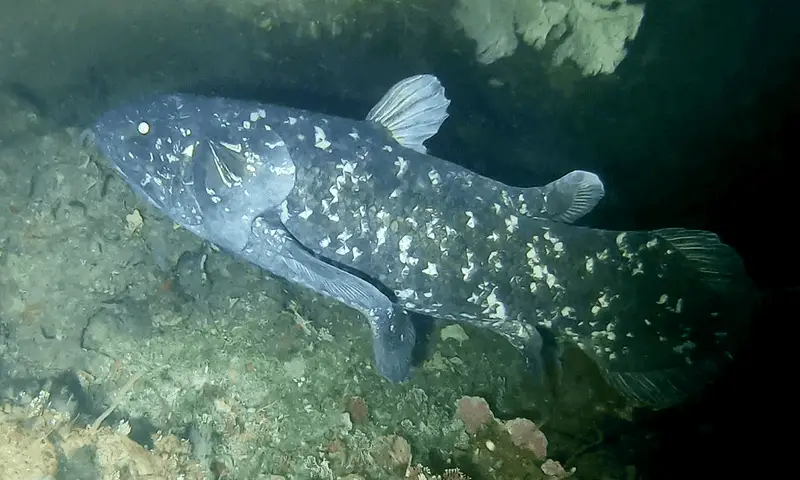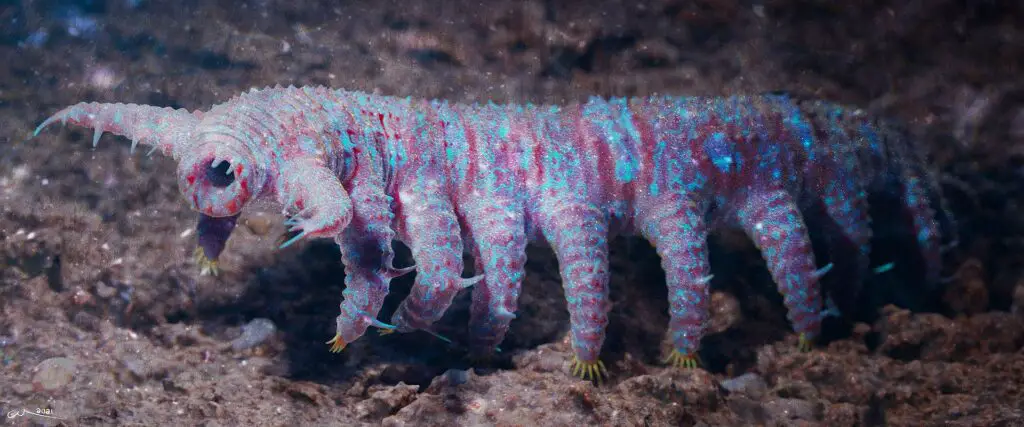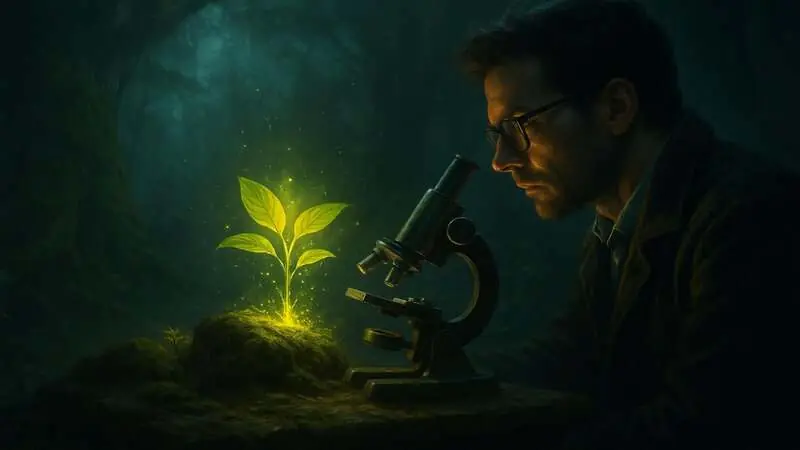Nature has a remarkable talent for surprising us, often pushing the boundaries of what scientists thought possible. From animals with abilities that seem to break the laws of physics to plants thriving in the harshest environments, these wonders have left experts scratching their heads. Each time, nature has forced researchers to rethink established theories, rewrite textbooks, and even question our understanding of life itself. In this article, we’ll explore 15 extraordinary moments when nature boldly defied scientific explanation, reminding us just how much there is left to discover.
1. The Immortal Jellyfish (Turritopsis dohrnii)

The immortal jellyfish is one of nature’s most astonishing anomalies. Unlike most creatures, this tiny jellyfish possesses the unique ability to revert back to its juvenile form after reaching maturity, effectively resetting its lifecycle. This biological marvel means the jellyfish can potentially avoid natural death, making it a fascinating subject for researchers exploring the mysteries of aging and regeneration. Its extraordinary life cycle continues to defy scientific understanding and inspire new discoveries in biology. Learn more
2. The Sailing Stones of Death Valley

In California’s Racetrack Playa, massive stones seem to glide mysteriously across the desert floor, leaving long trails behind them. For decades, their movement puzzled scientists and sparked wild theories. It wasn’t until recently that researchers unlocked the secret: a rare mix of thin ice sheets, water, and light winds creates the perfect conditions for the rocks to slowly slide over the playa. This phenomenon is a striking example of how nature’s mysteries can persist for generations before yielding their secrets. Read more
3. The Longevity of the Bristlecone Pine

Bristlecone pines, especially the famed Methuselah tree, astonish scientists by living for over 4,800 years. These ancient trees thrive in harsh, high-altitude environments that would kill most plants. Their remarkable durability and slow aging process challenge what we thought we knew about plant biology and longevity. Researchers continue to study them, hoping to unlock the secrets of their near-immortal lifespan. See details
4. The Baffling Blood Falls of Antarctica

Emerging from the Taylor Glacier, Blood Falls pours a striking crimson stream onto the stark white Antarctic ice. Early on, scientists believed the red color came from algae, but further research revealed it’s actually caused by iron-rich water oxidizing as it meets the air. Even more astonishing is the isolated microbial life thriving in this extreme environment—surviving without sunlight or oxygen. These resilient microbes continue to surprise researchers, challenging our understanding of life’s adaptability. Explore more
5. The Lazarus Species: Coelacanths

The rediscovery of the coelacanth in 1938 stunned the scientific world. Thought to have vanished with the dinosaurs 66 million years ago, this deep-sea fish was found alive off South Africa’s coast. Dubbed a “living fossil,” the coelacanth forced experts to rethink evolutionary history and the very definition of extinction. Its existence remains a powerful reminder that nature can still keep astonishing secrets. Discover more
6. The Electric Eel’s Shocking Power

Electric eels are nature’s living batteries, capable of generating electric shocks as strong as 860 volts—enough to stun prey or deter large predators. Their bodies contain specialized cells called electrocytes, which work together to create these powerful discharges. This remarkable adaptation has fascinated scientists and inspired new advances in bioengineering and medical technology, showing how nature’s ingenuity can spark innovative ideas. Read further
7. The Superheated Tardigrade

Tardigrades—often called water bears—are among the toughest creatures on Earth. These microscopic animals can survive extreme temperatures, from boiling heat to freezing cold, and even endure intense radiation and the vacuum of space. They achieve this by entering a cryptobiotic state, suspending their metabolism and effectively halting biological time. This incredible resilience has captivated astrobiologists, who study tardigrades to understand how life might survive in the most hostile environments, even beyond our planet. More info
8. The Great Emu War

In 1932, Australia launched an unusual military campaign against emus wreaking havoc on farmlands. Armed with machine guns, soldiers were confident of victory, but the emus’ extraordinary speed and adaptability quickly turned the tables. Despite the firepower, the birds outmaneuvered and outlasted their human adversaries, ultimately “winning” the so-called war. This event stands as a humorous yet humbling reminder of how unpredictable and resilient wildlife can be. Read the story
9. The Mexican Walking Fish (Axolotl)

The axolotl, also known as the Mexican walking fish, is a salamander that never undergoes complete metamorphosis, retaining its juvenile features throughout its life—a rare trait called neoteny. What truly sets axolotls apart is their remarkable ability to regenerate not just lost limbs, but also their spinal cord, heart, and even parts of their brain. These regenerative powers defy many biological limitations and continue to intrigue medical researchers worldwide. Learn more
10. The Tunguska Event

In 1908, a powerful explosion devastated 800 square miles of remote Siberian forest, flattening trees and shaking the earth for miles. The exact cause remains one of science’s greatest mysteries—most theories point to a meteoroid or comet airburst, yet no impact crater has ever been found. This extraordinary event continues to puzzle researchers, fueling debate and inspiring investigations into Earth’s vulnerability to cosmic phenomena. More on this
11. The Endless Migration of Monarch Butterflies

Every year, monarch butterflies embark on an extraordinary migration, traveling up to 3,000 miles from North America to the forests of central Mexico. Even more astonishing, this epic journey spans multiple generations, with butterflies somehow inheriting the navigational knowledge needed for the trip. Scientists are still unraveling the secrets behind their precise sense of direction and endurance, making the monarch’s migration one of nature’s great mysteries. Read more
12. The Mystery of Ball Lightning

Ball lightning is one of nature’s strangest and most elusive spectacles. Witnesses describe glowing, floating spheres that appear during thunderstorms, drifting mysteriously for several seconds before disappearing—sometimes with a loud bang. Despite being reported for centuries, scientists still struggle to fully explain what causes ball lightning. Its unpredictable appearance and brief lifespan have kept physicists guessing, making it a rare and enduring enigma in atmospheric science. Explore the phenomenon
13. The Regenerating Planarian

Planarian flatworms possess some of the most remarkable regenerative abilities known in the animal kingdom. If cut into pieces, each fragment can regrow into a complete, fully functional worm—even regenerating a new head with its brain. Scientists study planarians for insights into cellular repair and regeneration, hoping their secrets might one day revolutionize medicine and tissue engineering. Learn more
14. Magnetic Cows and Deer

Thanks to satellite imagery, scientists discovered that cows and deer across the globe tend to align their bodies along the Earth’s magnetic field lines when grazing or resting. This subtle yet consistent behavior went unnoticed for generations and still baffles researchers. The underlying mechanism and evolutionary purpose remain a mystery, sparking ongoing studies into animal magnetoreception and its potential role in navigation. More info
15. The Rain of Animals

Throughout history, witnesses have reported astonishing incidents where frogs, fish, or even spiders have fallen from the sky during storms. While scientists often attribute these strange events to waterspouts or tornadoes that suck animals from rivers or ponds and deposit them miles away, the phenomenon still holds many unanswered questions. The precise mechanisms remain debated, making “animal rain” one of nature’s most bewildering and memorable spectacles. Read more
Conclusion

These fifteen extraordinary cases highlight just how often nature manages to astonish, challenge, and ultimately expand our understanding of the world. Despite centuries of scientific progress, there remain countless mysteries that defy easy explanation—reminding us that our knowledge is always evolving. As we uncover more about our planet’s hidden wonders, it’s vital to stay curious and open-minded. Nature’s capacity for surprise is boundless, and tomorrow’s discoveries may be even more extraordinary than those we know today.
.article-content-img img { width: 100% }



Vielleicht interessiert es Sie:
Wussten Sie! Minensuchratten auf dem Schlachtfeld und sie sind super effektiv!
Wie viele Giraffenarten gibt es? Leben sie alle in Afrika?
Der Vogel ist das Weibchen der Vögel: wahr oder falsch?
Warum bauen Biber Dämme? Welchen Nutzen?
Warum leben manche Tiere nachtaktiv? Welche Vorteile?
Küssen Tiere? Ist das die gleiche Bedeutung wie Menschen?
200+ Hilarious Seahorse Jokes That Will Make You Smile and Giggle
200+ Funny Investment Jokes to Boost Your Financial Humor Game